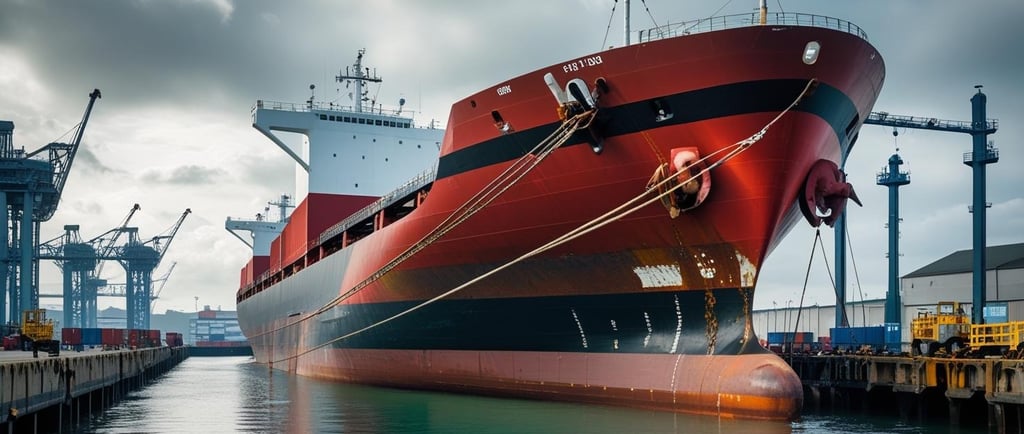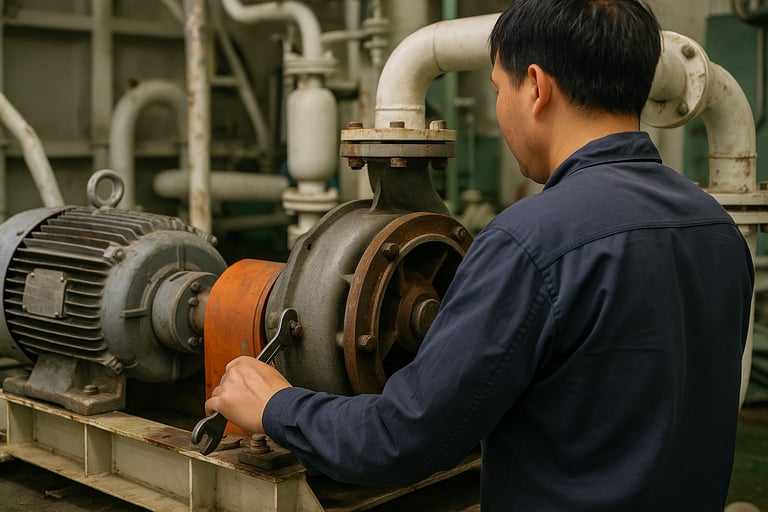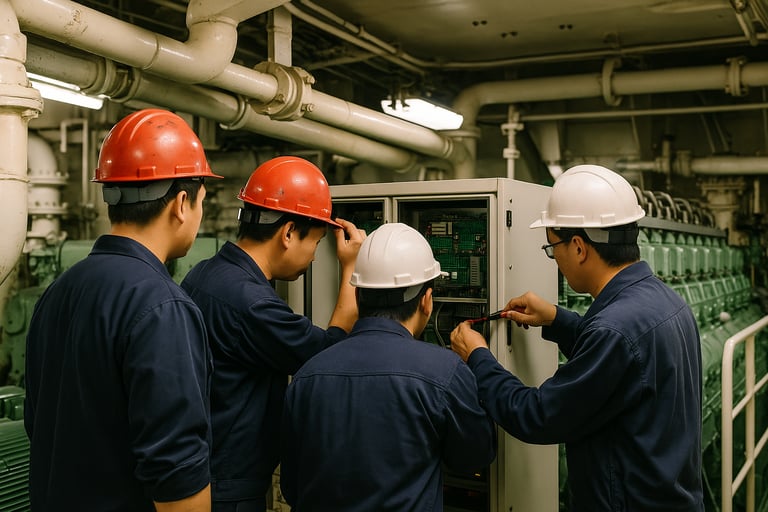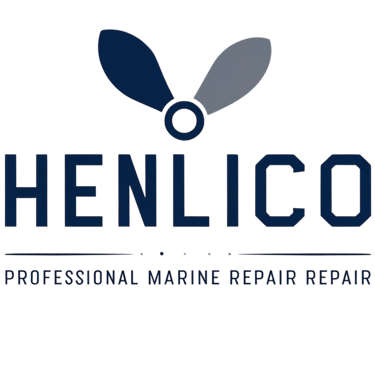HENLICO Project Log | Diagnosing and Repairing a Critical Turbocharger Sampling System
Gas Detection System Restoration
7/1/20253 min read


Project Title: Gas Detection System Restoration
Timeline: May 7–May 14, 2024
Location: Dockside Vessel Repair – [Client Confidential]
Client Concern: Inconsistent sampling performance, suspected internal pump failure
Day 1: The Request
On May 7th, we received an urgent request from a client regarding a vessel experiencing a persistent “Pump Failure/Internal Leak” alarm on their Salwico SW 2020 Gas Detection System. The system was only sampling data from four ballast tanks while ignoring the others—indicating a serious deviation from normal operation.
The client’s onboard engineers initially suspected a PLC (Programmable Logic Controller) issue and urgently needed external support. Within hours, we submitted a detailed quote that included labor, travel, diagnostic, and potential parts replacement. Upon approval, our engineers mobilized immediately.
Day 2: Arrival and Initial Assessment
On May 8th, our service team arrived at the vessel's dock. Our first priority was to verify the integrity of the PLC. During the inspection, we discovered an unused spare PLC unit in the electrical spares locker, which raised further questions but was later ruled out as unrelated to the fault.
What drew our attention was the system’s Level 2 Calibration Mode, which had disabled detectors for all but four Water Ballast Tanks (WBTs). This explained the partial sampling.
Day 3–4: Technical Diagnosis
On May 9th and 10th, we began systematically:
Reconnecting the sampling tubes for all WBTs
Restarting the calibration mode
Running full sampling tests across the vessel
After restoring all sampling channels, initial readings confirmed that all points were now active and communicating correctly with the system.
However, within six hours of runtime, the same “Pump Failure/Internal Leak” alarm returned—halting system operation once again.
Day 5: Deeper Mechanical Investigation
We decided to dismantle the pump assembly for a full inspection. We found:
Salt deposits inside the pump chamber, suggesting past seawater ingress
A diaphragm that was worn but not torn—cleaned but couldn’t be replaced due to a lack of spares onboard
A valve plate misalignment which was corrected and reinstalled
Once rebuilt, we ran vacuum and discharge tests, confirming suction was barely within acceptable range. The system was restarted with caution.
Day 6: Recurrent Alarm – Root Cause Uncovered
Despite previous efforts, the system again triggered the “Pump Failure/Internal Leak” alarm during a scheduled self-test phase.
This time, our engineers referred directly to the manufacturer’s fault manual (section 3.2.5) and cross-verified the conditions triggering the vacuum switch (VS1), flow switch (FS), and pressure switch (PS2).
We concluded:
The VS1 vacuum switch was not activating reliably due to a combination of low suction and internal salt residue
The original diaphragm, although cleaned, was likely losing sealing performance under pressure cycles
The system required a new diaphragm and re-calibration to resolve the issue permanently
Final Report and Delivery
After a full week of diagnostics, reassembly, and testing, we provided the client with:
A comprehensive technical report detailing all findings
A proposed parts list (with diaphragm, FS, and optional spare PLC)
Preventive maintenance advice for future self-test cycles
Assurance that all four previously inactive sampling points were functioning correctly
Client Feedback
The client was extremely satisfied with the speed, depth, and professionalism of our service. What began as a suspected software fault turned out to be a complex mechanical and calibration issue—diagnosed and explained clearly by our field team.
Conclusion
This project highlights our core strength at HENLICO: bridging diagnostics with hands-on execution. Whether it's gas detection, turbocharger control, or embedded vacuum systems—our team delivers precise, fast, and reliable results.
If your vessel experiences alarm loops, calibration errors, or mechanical inconsistencies, reach out to HENLICO. We’re here to keep your systems running—flawlessly.




Follow us
Get in touch for expert marine repairs today.
Contact
© 2025. All rights reserved.
Company address:
1-C1011, Oceanwide City Plaza, Nanshan, Shenzhen, Guangdong 518000, China
Repair Workshop Locations:
• Dongguan, Guangdong, China
• Shanghai, China
Policy
